Tuesday marks the third anniversary of the launch of the Fujian, China's first aircraft carrier equipped with electromagnetic catapults. Official media said China is about to enter a three-aircraft-carrier era, with the Fujian expected to enter service by 2025.
After the launch of the Fujian on June 17, 2022, it carried out its first sea trial from May 1 to 8 in 2024. Since then, the Fujian has completed multiple sea trials, accumulating more than 100 days of sea trial, China Central Television (CCTV) News reported on Tuesday.
Wei Dongxu, a Chinese military affairs commentator, said that the aircraft carrier Fujian has been making steady progress in sea trials, and is expected to be commissioned within this year, CCTV News reported.
With a full displacement of more than 80,000 tons, the Fujian is the world's first conventionally powered aircraft carrier to feature electromagnetic catapult technologies, according to CCTV News. The report noted that it will carry a wide variety of carrier-borne aircraft, including fighter jets, early warning aircraft, anti-submarine aircraft and drones.
The Fujian is China's third aircraft carrier. In September 2012, China commissioned its first aircraft carrier, the Liaoning. The Shandong, China's second aircraft carrier and first domestically built, entered service in December 2019. Both the Liaoning and the Shandong utilize ski-jump ramps rather than catapults to assist aircraft takeoff.
Fu Qianshao, another Chinese military affairs expert, told the Global Times that since the Fujian uses advanced technologies such as electromagnetic catapults and is equipped with new aircraft such as the J-35 stealth fighter jet, may require longer testing periods than the Liaoning and Shandong. "But I personally think it is very likely that the Fujian will enter service in 2025," Fu said.
China's growing number of aircraft carriers, along with their increasingly advanced capabilities, contributes to peace and stability, Wei said.
Unlike the US-led Western naval system, which operates through a "gang-up" approach, using military alliances to form joint maritime forces for blockades and intimidation in regions like the Western Pacific, China's strengthening carrier force provides crucial strategic balance. It enhances self-defense capabilities while fostering greater peace, Wei said.









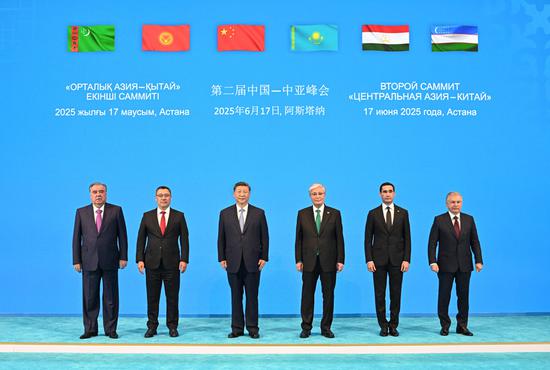




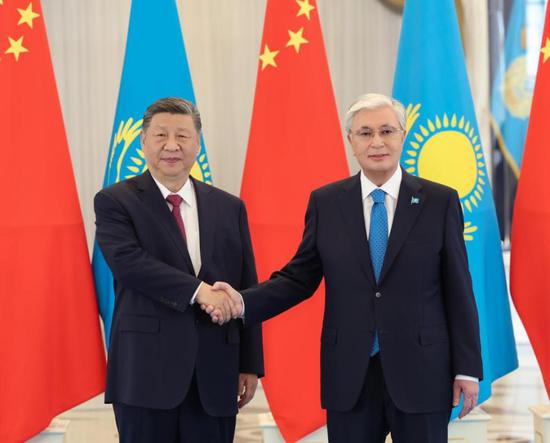










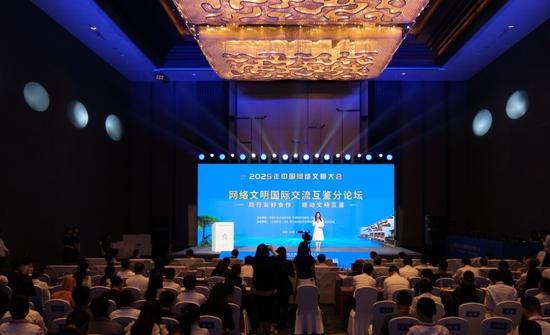

















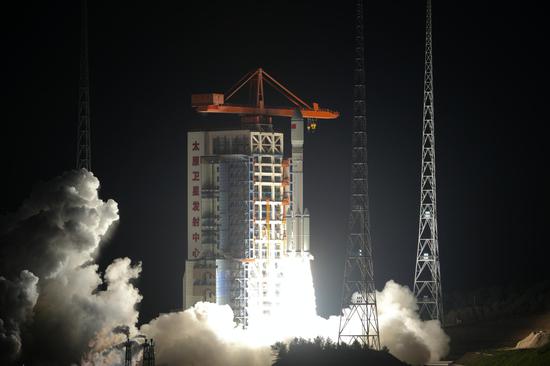




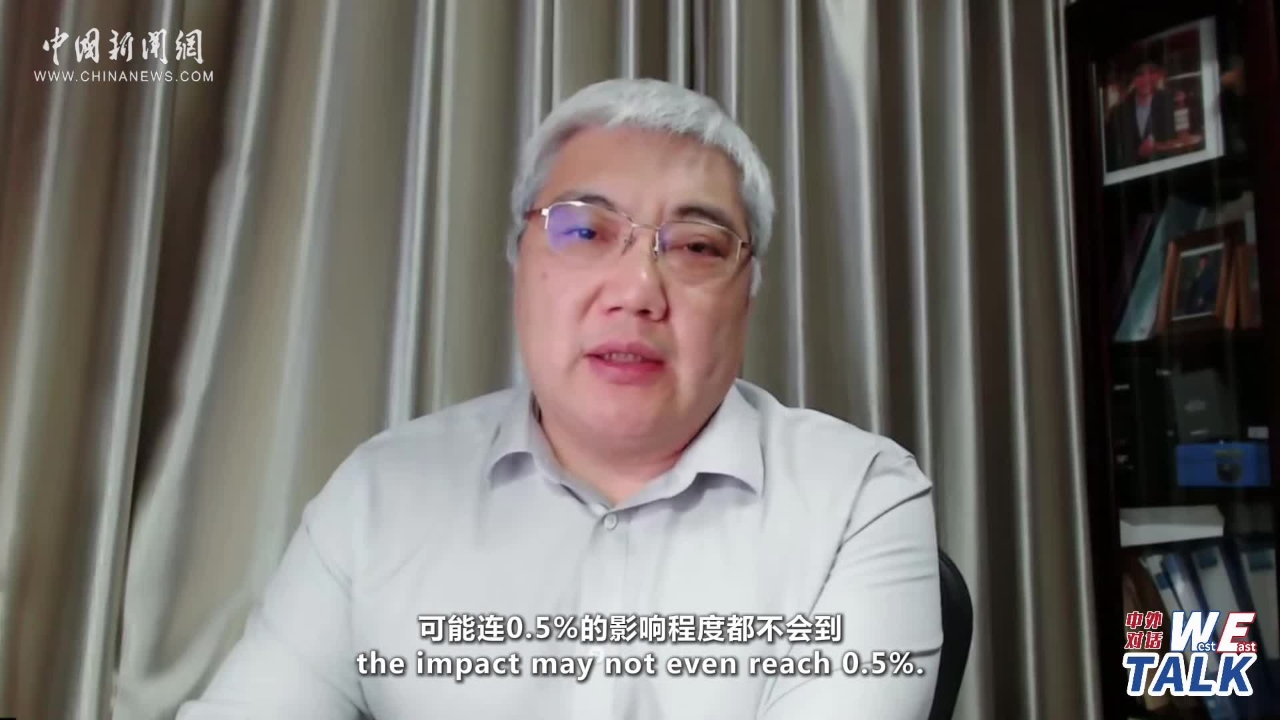

 京公網(wǎng)安備 11010202009201號
京公網(wǎng)安備 11010202009201號